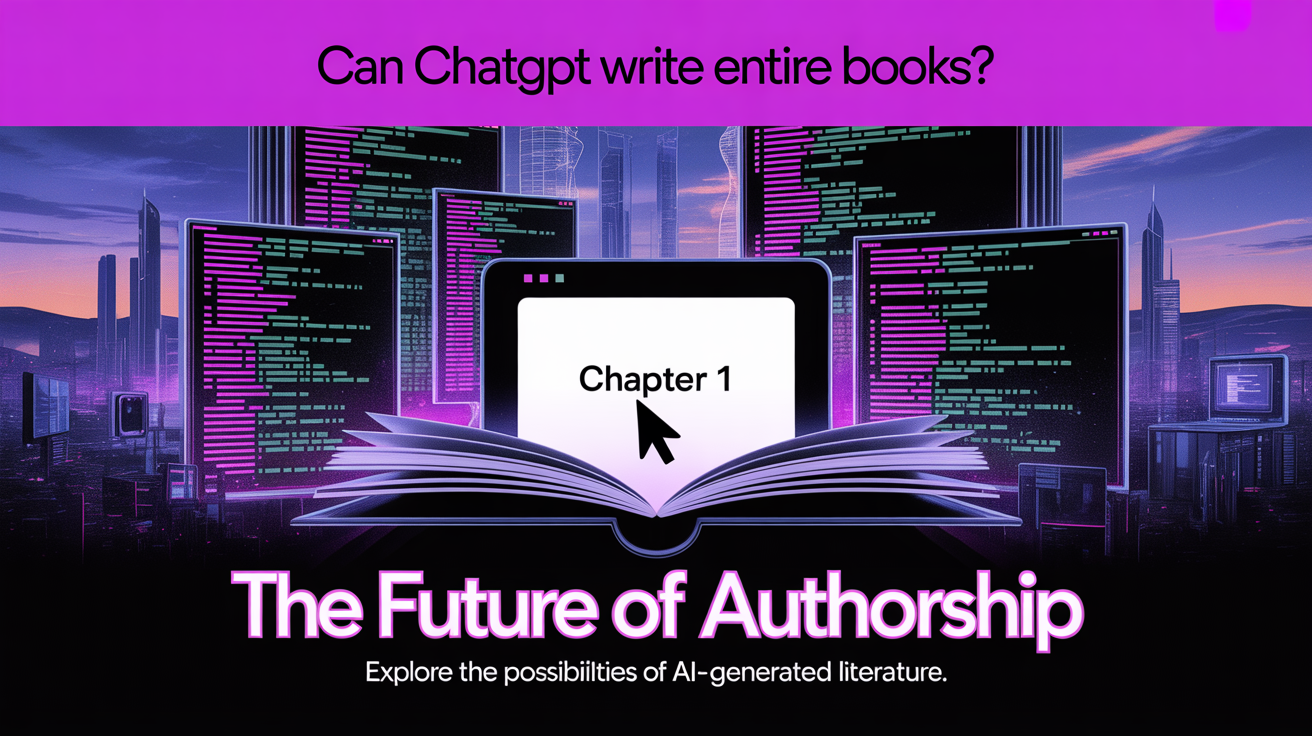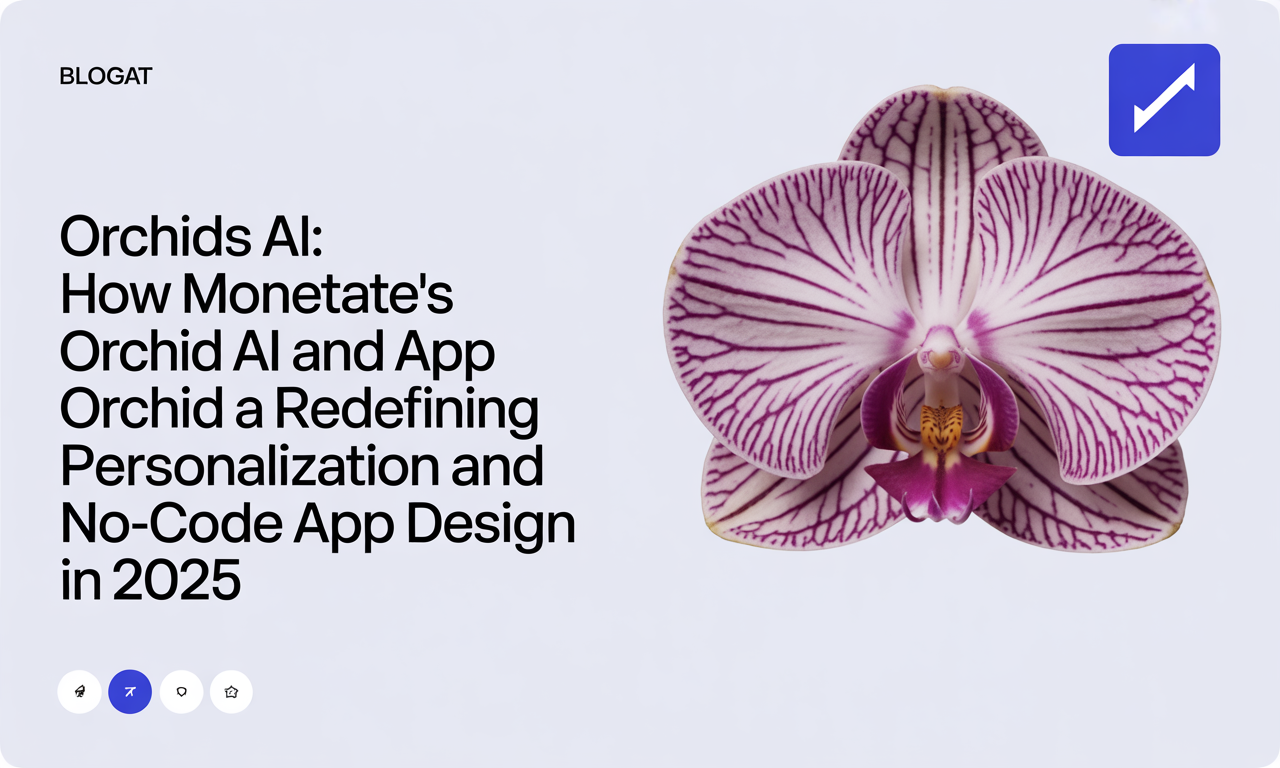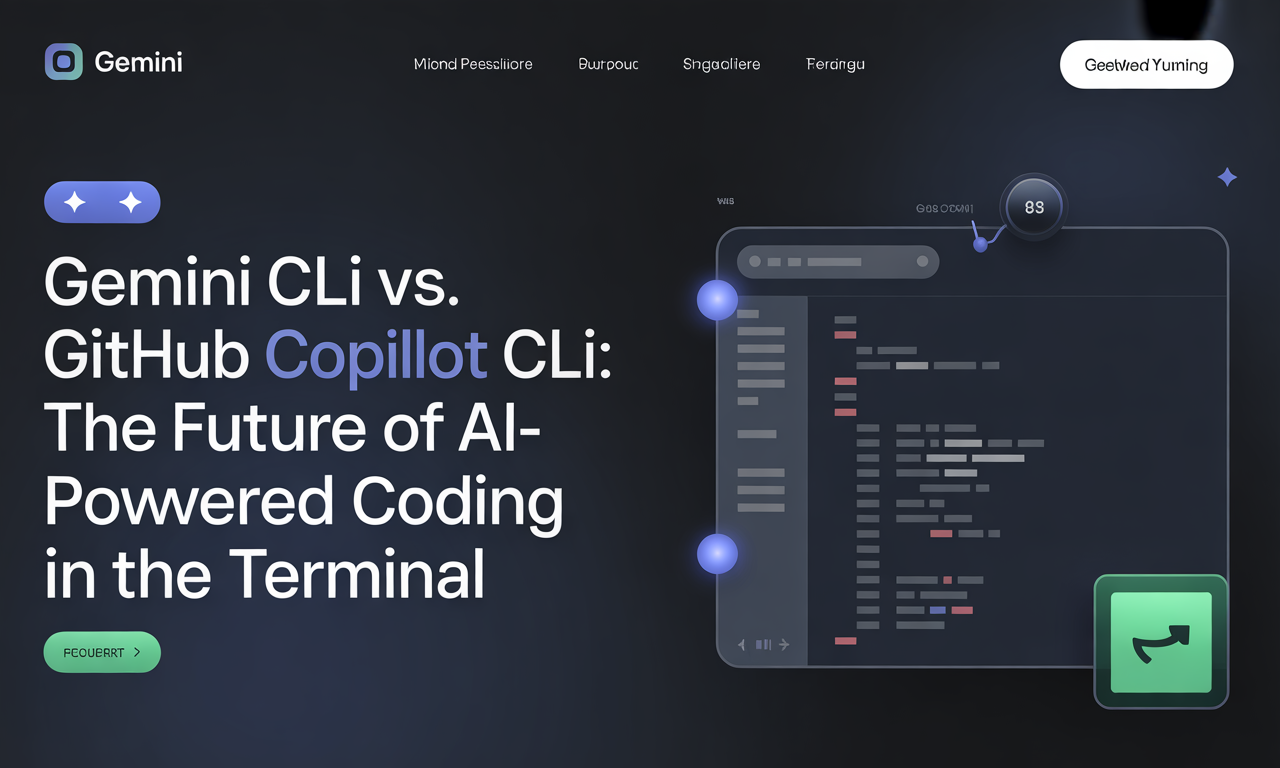Can ChatGPT Write Entire Books? Exploring the Possibilities and Best Practices
The landscape of writing and publishing has evolved dramatically over the past few years, with technology playing an increasingly pivotal role. Among the most talked-about advancements is the ability of language models like ChatGPT to assist with creative writing projects — even entire books. But can this tool truly write a full-length book? And if so, how does it work, what are its limitations, and what best practices should authors follow?
In this comprehensive blog post, we’ll dive deep into the question: Can ChatGPT write entire books? We will explore how it can be used effectively, the challenges involved, and practical strategies for harnessing its power to support your writing journey.
How ChatGPT Can Help Write Books
Generating Ideas and Outlines
One of the most valuable uses of ChatGPT for authors is its ability to brainstorm and organize ideas. Whether you’re crafting a novel or a nonfiction work, developing a compelling story or structuring complex information, ChatGPT can:
- Suggest unique story concepts and plot twists
- Flesh out well-rounded characters with backgrounds and motivations
- Create detailed outlines that map the flow of your book chapter by chapter
This capability is especially useful for overcoming writer’s block and jumpstarting the creative process. Rather than staring at a blank page, you can engage in a dynamic idea exchange that quickly generates a solid foundation for your book.
Drafting Content at Scale
Beyond ideation, ChatGPT can produce extensive text rapidly. You can prompt it to write:
- Entire chapters or sections of a book
- Dialogue between characters
- Descriptive passages that set the scene
- Explanations or arguments for nonfiction topics
This ability makes it an effective tool for accelerating the writing process. Instead of laboring over every sentence, authors can generate rough drafts and then refine them, saving time and maintaining momentum.
Iterative Writing and Refinement
Many successful authors adopt an iterative approach with ChatGPT. They write in segments — chapter by chapter or scene by scene — then review and edit the output extensively. This process leverages the speed of AI-generated drafts while preserving human creativity, style, and judgment.
By combining the strengths of both, you can ensure that the final manuscript is coherent, engaging, and polished. This collaboration between human and machine often produces results superior to either working alone.
Limitations and Recommendations for Using ChatGPT to Write Books
The Essential Human Touch
While ChatGPT is powerful, it cannot fully replicate the meaningfulness, emotional depth, and originality that come from human experience and insight. Writing a book that resonates with readers usually requires:
- Thoughtful editing to enhance narrative flow and voice
- Fact-checking to ensure accuracy, especially in nonfiction
- Creative decisions about tone, style, and structure
Relying solely on generated text without human input risks producing generic or repetitive content that lacks nuance and authenticity.
Avoiding Overreliance on AI-Generated Text
Some authors warn against letting ChatGPT write an entire book unmonitored. Potential pitfalls include:
- Factual inaccuracies or outdated information
- Repetitive phrasing or clichés
- Lack of subtlety in storytelling or argumentation
Therefore, it’s crucial to maintain a supervisory role throughout the process, using AI as a tool rather than a replacement for the author’s expertise.
Using Advanced Models for Higher Quality
The quality of output varies depending on the model version. For example:
- GPT-4 tends to produce more accurate, nuanced, and coherent text compared to earlier versions like GPT-3.5.
- This difference is particularly noticeable in complex nonfiction writing where precision matters.
Choosing the right model can significantly improve your book’s quality and reduce the amount of editing needed.
Mastering the Art of Prompting
Effective use of ChatGPT requires learning how to craft precise, detailed prompts and guide the AI step-by-step through the writing process. For instance:
- Instead of asking for an entire chapter in one go, break it down into scenes or sections.
- Provide context, style preferences, and specific instructions to steer the output.
- Use iterative prompting, refining requests based on previous results.
This approach yields better, more relevant content and helps maintain consistency throughout your manuscript.
Practical Workflow for Writing Books with ChatGPT
To maximize the benefits and mitigate challenges, consider this practical workflow:
- Brainstorm ideas and themes: Use ChatGPT to explore different concepts, genres, and narrative angles.
- Create a detailed synopsis or outline: Develop a roadmap that breaks the book into chapters and key points.
- Generate chapter drafts or sections: Write in manageable segments to maintain focus and allow for easier editing.
- Edit and refine manually: Review drafts critically, improving clarity, style, and factual accuracy.
- Use ChatGPT to enhance specific passages: Get help polishing dialogue, descriptions, or complex explanations.
- Repeat the process: Iterate through drafting and editing until your manuscript reaches completion.
Actionable Tips for Authors Using ChatGPT
- Set clear goals for each writing session. Define whether you want to brainstorm, draft, or revise.
- Be specific and detailed in your prompts. For example, instead of “Write a chapter about a detective,” try “Write a suspenseful opening scene where a detective discovers a mysterious clue at a rainy crime scene.”
- Keep a style guide handy. Share your preferred tone and voice with ChatGPT to maintain consistency.
- Regularly fact-check and verify information. Don’t rely on AI-generated facts without validation.
- Use ChatGPT as a creative partner, not a ghostwriter. Stay actively involved in shaping the story or argument.
- Experiment with different model versions if available. Use advanced models for critical sections.
- Break writing into small chunks. This makes revision easier and prevents overwhelming the AI.
Conclusion: A Collaborative Future for Book Writing
So, can ChatGPT write entire books? The answer is a qualified yes. ChatGPT is an incredibly powerful tool that can generate extensive text, help brainstorm ideas, and draft detailed outlines and chapters. However, the best books emerge from a collaborative process where human creativity, critical thinking, and editorial skills complement AI’s efficiency.
By thoughtfully integrating ChatGPT into your writing workflow, you can overcome blocks, speed up production, and enjoy a dynamic creative partnership. Remember, meaningful storytelling and insightful nonfiction require the human touch — and when combined with this technology, the possibilities for authorship are truly exciting.
If you're considering writing a book, embracing this blend of innovation and artistry could be your key to bringing your vision to life.
Ready to create stunning, high-quality ebooks faster than ever? 🚀 BookBlitz AI Ebook Generator harnesses the power of the latest AI technology—featuring OpenAI’s GPT-4.1 for text generation and Ideogram v3 Turbo for eye-catching, professional book covers.
Generate ebooks in any language, perfectly tailored with genre, audience, and style suggestions. Plus, unlock the Topic Generator—instantly generate 200 bestselling book titles in the top 10 profitable subniches for your chosen topic.
Join thousands of authors and creators who trust BookBlitzAI to simplify ebook publishing and boost their success.
Start your free trial now and turn your ideas into profits today! 👉 Explore BookBlitzAI.com
Your next bestseller is just a click away.



